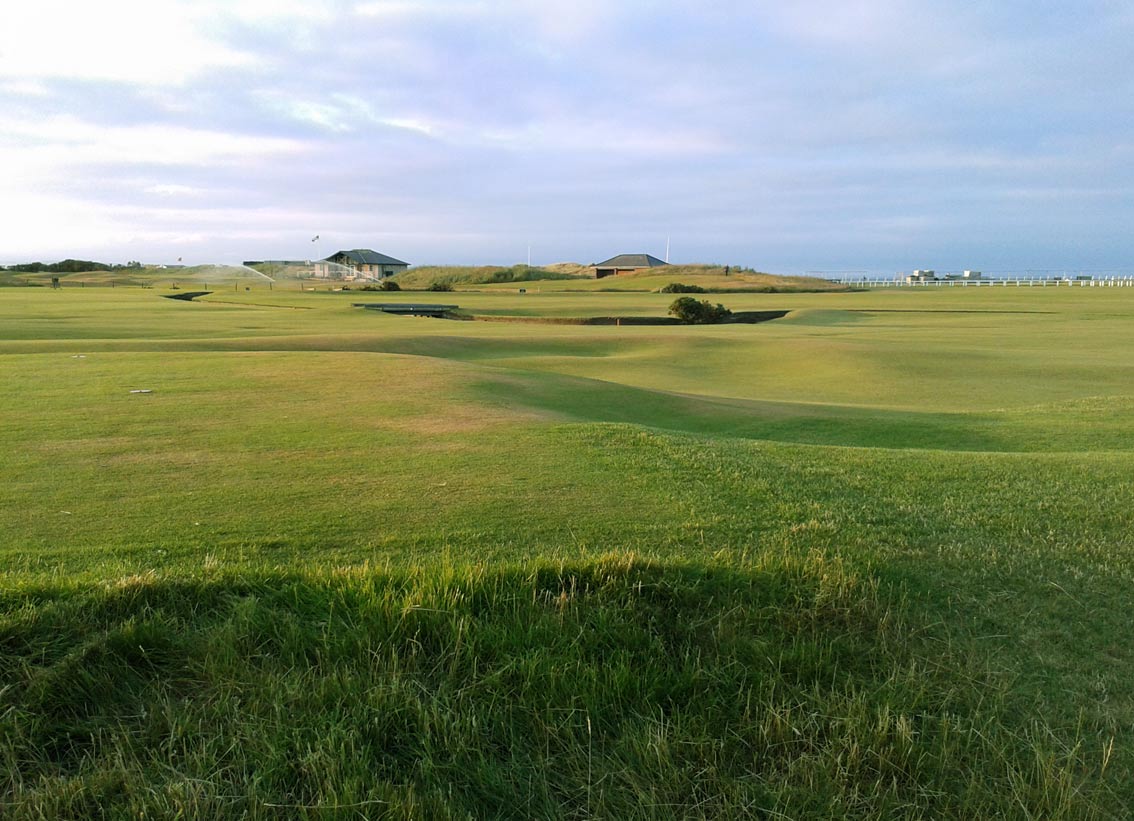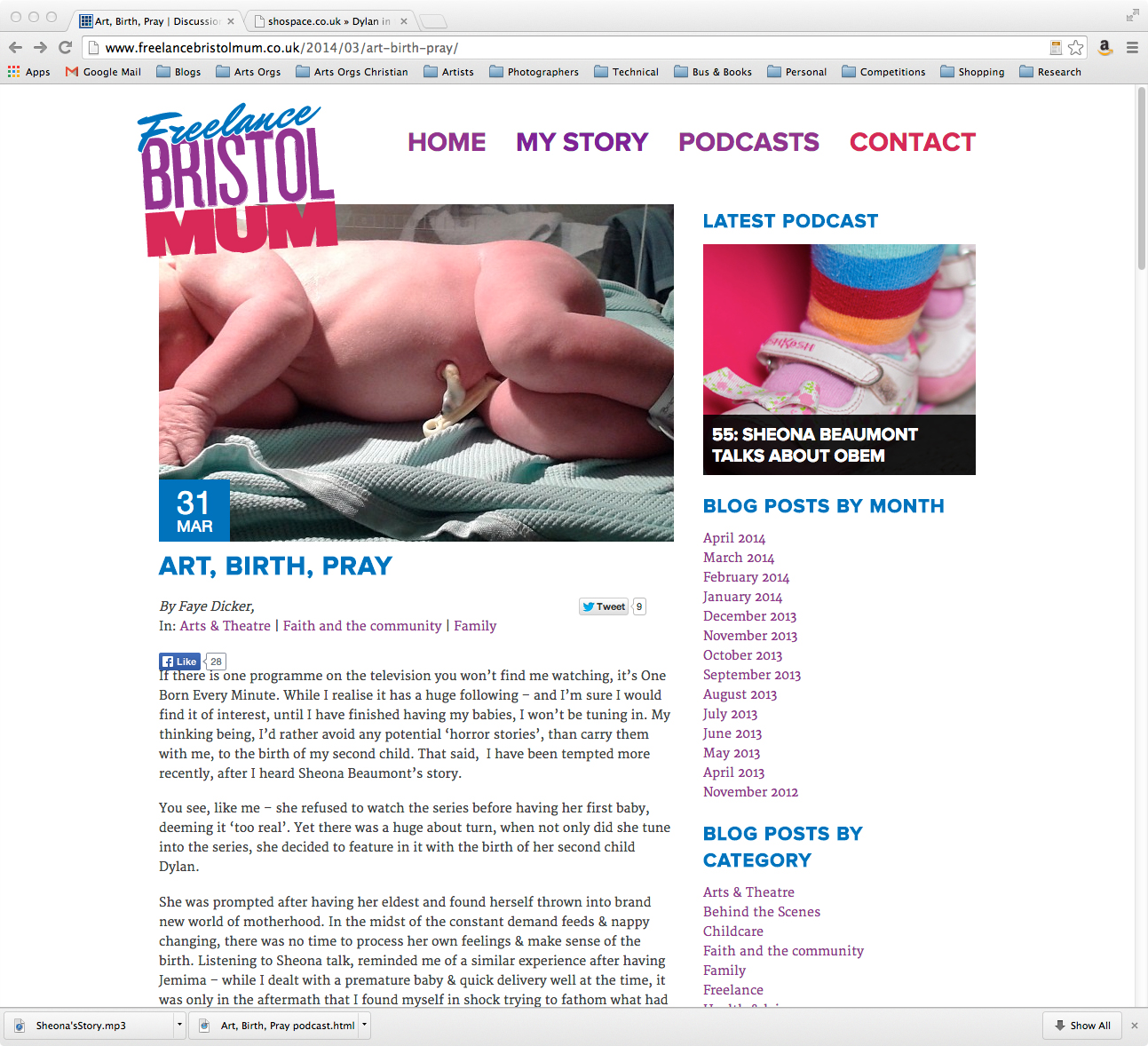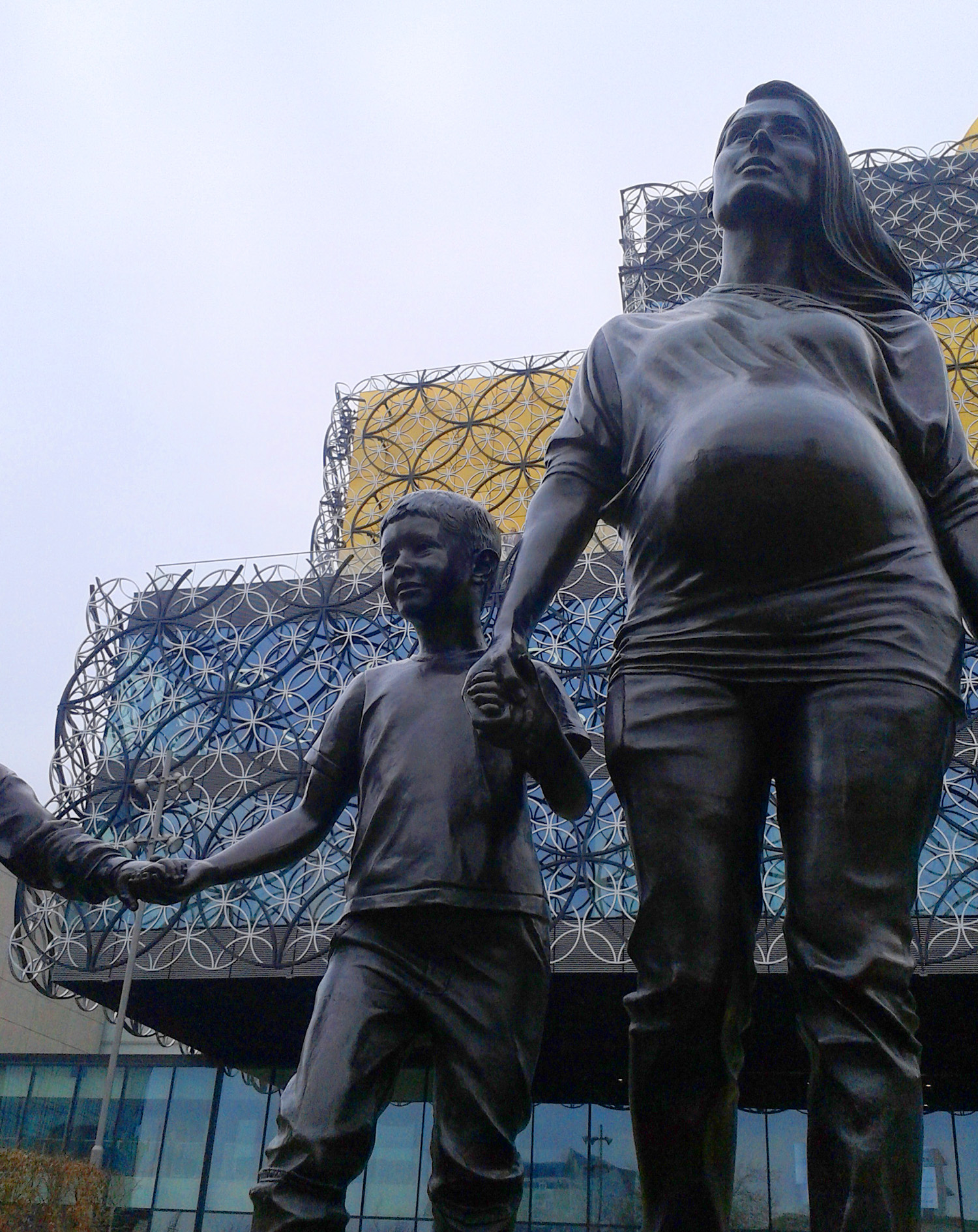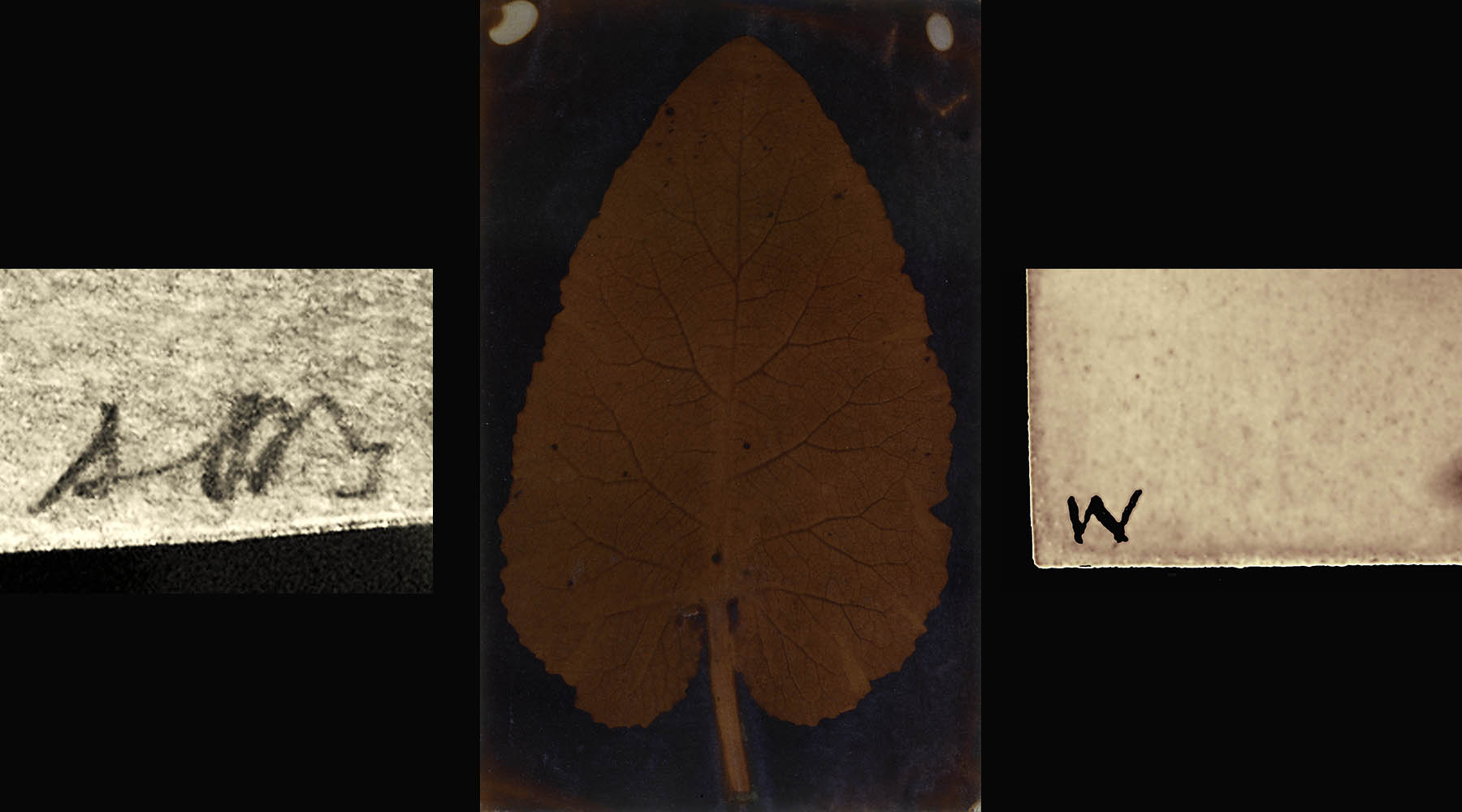The International Meeting for the Society of Biblical Literature was this year held at the University of St Andrews for 5 days in July. Attended by over 850 delegates, the conference attracts international scholars working across a range of areas and disciplines relating to the Bible, the Society being the oldest and largest organisation in this field. With the University of Gloucestershire team support of Prof Gordon McConville and fellow-student Vivian Randles, I was pleased to be able to present a paper to the Bible and Visual Culture group, along with 7 others over the course of two sessions.
I say pleased, but the rather daunting prospect became even more challenging when my introduction to the conference involved negotiating a densely-packed programme, the combined brains of prolific and renowned biblical scholars, very hot seminar rooms and my own third-stage-pregnancy distractions. A popular opening seminar with 6 papers presented in honour of Richard J. Bauckham included presentations from N. T. Wright and Loveday Alexander; while a seminar on the Bible and Moving Image offered reels of interest on themes such as the unrepresentability of the resurrection and Exodus 8:2 in the film Magnolia. At nearly a dozen papers on the first day, I realised some pacing was in order.
A trip to the beach and an open top bus tour were, after all, necessary in order to better garner the original visual context of the subject of my paper – the 19th-century Scottish minister Rev Dr Alexander Keith. His introduction to photography may well have been in St Andrews through the friendship of Sir David Brewster (then Principal of the University) and his circle of pioneering friends who were making some of the earliest calotypes in the world. Photography led Keith to employ the help of one of his sons in photographing sites in the Holy Land, to undergird his thesis regarding the evidence for the fulfilment of prophetic texts. In my paper I discussed the ways in which Keith assumed a certain literalness of image and text, and their conjoined proof of God’s supernatural involvement in the landscape. Some questions and comments were helpfully engaging, and the paper was well-received.
Overwhelming to me personally however, was the committed and rigorous approach of all engaged in this area of biblical studies, particularly as encouraged by the Chairs of the Bible and Visual Culture section, Prof Cheryl Exum (University of Sheffield) and Prof Martin O’Kane (University of Wales Trinity St David). On both days of the presentations, discussions were lively and animated as to the institutional and methodological challenges of this interdisciplinary field. Questions debated included what objects are we studying, for whom is the research, and how is visual critique to be encouraged in what is primarily a literary field? Though it’s obvious that working out answers to these questions will be ongoing into the long-term, it was nevertheless encouraging that SBL has recognised and fostered the increasing significance of visual modes of biblical interpretation – from the rise of popular culture references in contemporary media to iconographical tradition in the long reception history of the Bible in art.
Header image: St Andrews Old Course, 2013. Photograph by Sheona Beaumont.



